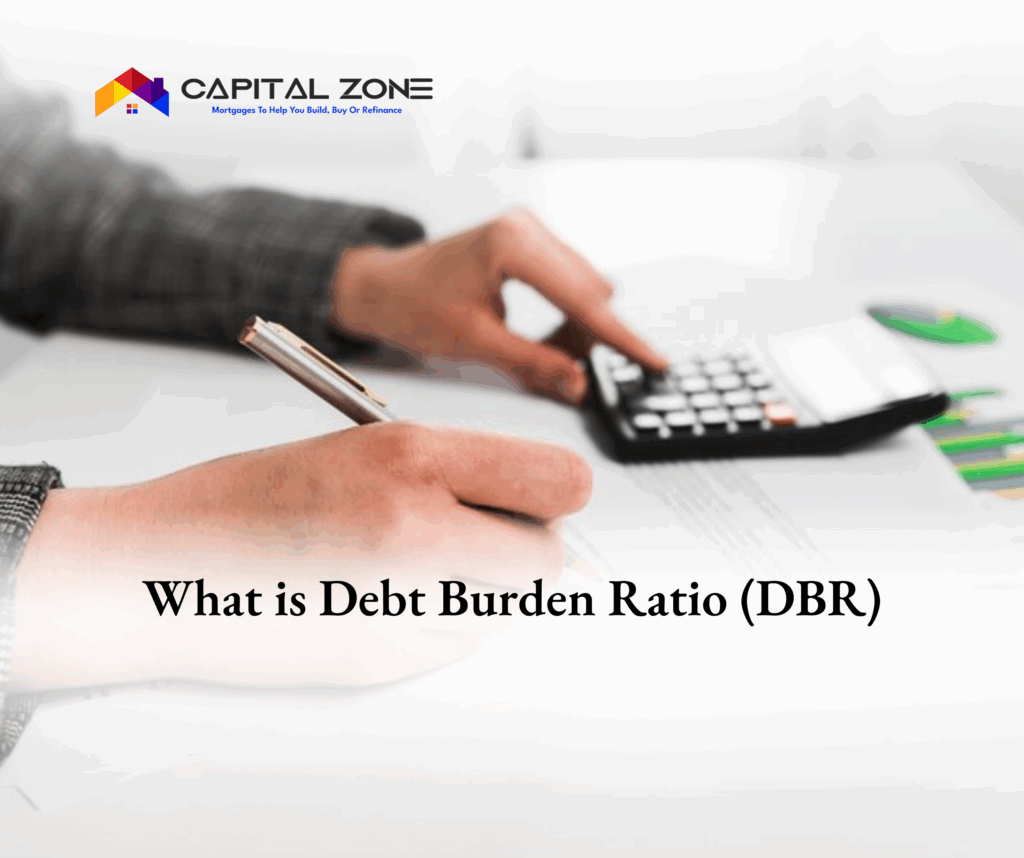In the fast-paced world of mortgage lending, financial metrics like the Debt Burden Ratio (DBR) provide critical insights into a company’s fiscal health. Unlike metrics tied to real estate, such as borrower debt-to-income ratios, the DBR focuses on a mortgage company’s ability to manage its debt relative to its operational income. For Capital Zone Mortgage, a strong DBR is central to maintaining stability, attracting investors, and securing a top rank in the industry. This article explores what DBR is, why it’s essential, and how mortgage companies can optimize it to excel.
What is the Debt Burden Ratio (DBR)?
The Debt Burden Ratio (DBR) measures a company’s total debt against its operating income, expressed as a percentage. Understanding the debt burden ratio is essential for calculating this metric efficiently:
DBR = (Total Debt / Annual Operating Income) × 100
- Total Debt: Encompasses all liabilities, including short-term loans, bonds, and credit lines.
- Annual Operating Income: Refers to revenue from core operations, such as mortgage origination and servicing fees, before taxes and interest.
For example, if Capital Zone Mortgage has $8 million in total debt and $40 million in annual operating income, its DBR is:
DBR = ($8,000,000 / $40,000,000) × 100 = 20%
A 20% DBR indicates that the company’s debt equals 20% of its operating income, highlighting its debt management efficiency.
Why DBR Matters for a Mortgage Company
The DBR is a key indicator of financial resilience for mortgage companies. Here’s why it’s vital:
- Debt Manageability: A lower DBR shows that a company can comfortably service its debt with its operating income, reducing financial strain.
- Risk Evaluation: A high DBR may signal over-leverage, increasing vulnerability to market fluctuations or revenue dips. This emphasizes the importance of a manageable debt burden ratio.
- Investor Appeal: A balanced DBR reassures investors of a company’s prudent financial management, making firms like Capital Zone Mortgage more attractive.
- Competitive Edge: A strong DBR enables investment in technology and customer service, helping a company stand out in the mortgage industry.
What is a Healthy Debt Burden Ratio?
While DBR benchmarks vary, mortgage companies typically aim for a DBR between 15% and 30%. Here’s a quick guide:
- Below 15%: Suggests low debt but may indicate missed opportunities to leverage borrowing for growth.
- 15%–30%: Reflects a balanced approach, ideal for stability and scalability, positioning Capital Zone Mortgage as a top performer.
- Above 30%: Raises red flags, as high debt levels could strain income, especially in volatile markets.
In this range, maintaining a healthy debt burden ratio allows a company to secure favorable loan terms while maintaining flexibility for innovation.
Tips to Improve DBR
To optimize DBR, mortgage companies can:
- Increase Operating Income: Expand services or improve marketing to boost revenue without adding debt.
- Reduce Debt: Prioritize paying off high-interest loans or refinance for better terms.
- Enhance Efficiency: Use automation to cut costs, increasing operating income, thereby improving the debt burden ratio.
- Monitor Markets: Stay proactive to maintain income stability in changing conditions.
Conclusion
The Debt Burden Ratio (DBR) is a critical measure of a mortgage company’s financial strength. Explore more insights on our blog or contact Capital Zone Mortgage to see how we lead the way in financial excellence.
Disclaimer: Interest rates, loan terms, and eligibility criteria are subject to change based on lender policies and market conditions. Always consult with a financial advisor or Capital Zone Mortgage for personalized advice tailored to your circumstances.
Stay tuned for more fascinating insights:
Website | Linkedin | Instagram | Facebook

